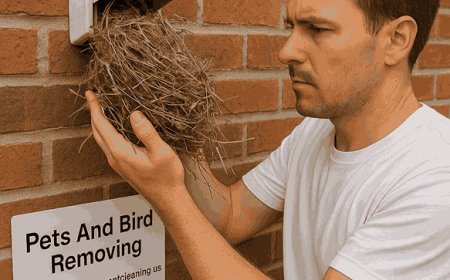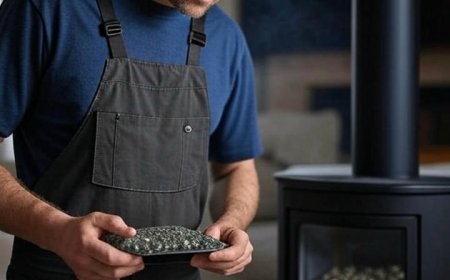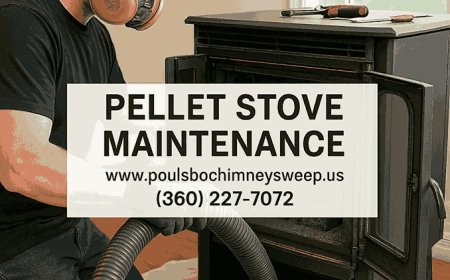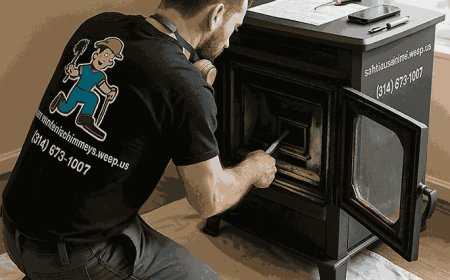When Should You Replace an Old Chimney Liner to Avoid Hazards
Protect your chimney with a durable chimney liner. Improve safety, boost efficiency, and prevent damage in every season.
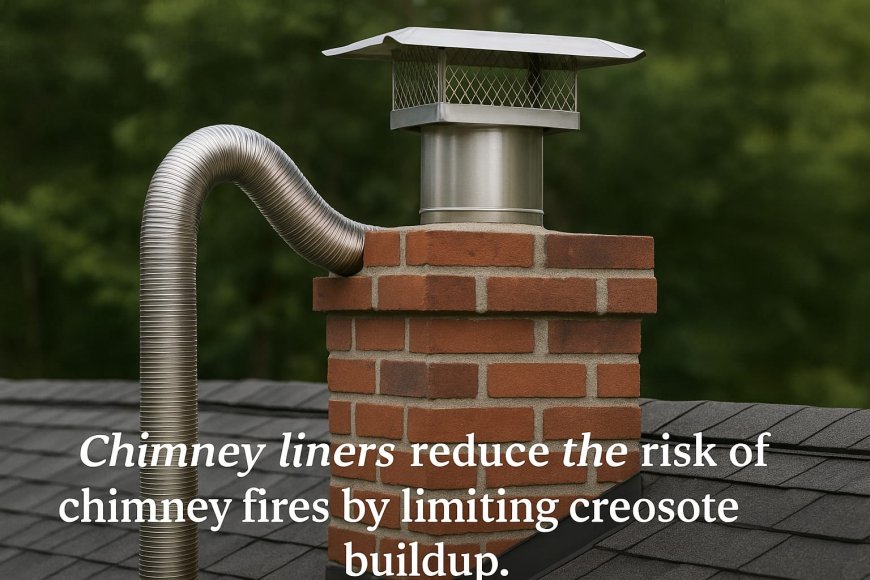
If you have a fireplace or wood stove, you probably appreciate the comfort and warmth it brings. But lurking above that cozy fire is something you might not think about much: thechimney liner. This hidden part of your chimney works hard every time you light a fire, shielding your home from dangerous gases and intense heat. Over time, though, even the toughest chimney liner can wear out or get damaged, and thats when trouble can start brewing. Knowing when to replace an old chimney liner is key to keeping your home safe and sound, so lets break it down in simple terms, so you dont get caught off guard by unexpected hazards caused by a failingchimney liner.
Key Features: What Makes a Chimney Liner So Important?
Before diving into when you should actually swap out your old liner, it helps to know what a chimney liner really does. Think of it as a protective sleeve inside the chimney flue. Its job is to keep smoke, gases, and the byproducts of burning wood or fuel from leaking into your living spaces and walls. Without a good liner, your homes brickwork could get damaged, and you might even end up with dangerous carbon monoxide sneaking inside.
There are a few types of linersclay tile, metal (typically stainless steel), and cast-in-place liners. Each has its own strengths and weaknesses. For instance, clay tile liners are pretty common in older homes, but they can crack over time, especially after years of heating and cooling cycles. Stainless steel liners tend to last longer, but even theyre not invincible. If youre burning wood, gas, or oil, the chimney liner takes quite a beating.
| Liner Type | Average Lifespan | Signs of Wear | Best For |
|---|---|---|---|
| Clay Tile | 15-20 years | Cracks, crumbling tiles, blockages | Traditional masonry chimneys |
| Stainless Steel | 20-30 years | Rust, warping, holes | Wood, gas, or oil appliances |
| Cast-in-Place | Up to 50 years | Chips, gaps, spalling | Reinforcing older chimneys |
Safety: Spotting the Signs and Staying Ahead of Hazards
Now for the big question: how do you know when its time to replace your chimney liner? The answer isnt always obvious, especially if you dont peek up your chimney very often. Here are some red flags to watch out for:
- Visible Cracks or Gaps:If you see cracks or missing chunks in the liner, dangerous gases could leak into your house.
- Rust or Corrosion:For metal liners, any sign of rust, warping, or holes means its time for a replacement.
- Frequent Creosote Buildup:If youre always cleaning out thick, flaky creosote, your liner could be damaged or not working well.
- Smoke in Your Home:If you smell smoke or see it escaping into rooms instead of going up the flue, your liner might be compromised.
- Water Stains or Dampness:Moisture inside your chimney or on nearby walls can signal a failing liner letting water in.
The National Fire Protection Association recommends having your chimney inspected at least once a year by a certified pro. Thats because some problems hide out of sight. If your liner is in rough shape, its not just a matter of losing efficiencyit can actually put your family at risk of fire or carbon monoxide poisoning. Remember, theflue lineris your chimneys first line of defense.
A well-maintained chimney liner isnt just about efficiencyits your homes silent shield against fire and toxic gases.
Cost: Balancing the Price of Replacement with Peace of Mind
Lets talk dollars and cents. Replacing a chimney liner isnt exactly pocket change, but putting it off can cost you more in the long run. The price depends on your chimneys size, the material you choose, and how tricky the installation is.
Heres a rough idea of what you might spend:
- Clay tile liner: $2,000$4,000 (including labor)
- Stainless steel liner: $1,500$3,500 (depending on length and complexity)
- Cast-in-place liner: $2,500$5,000
If youre thinking, Can I wait another year?consider this: a cracked liner could mean carbon monoxide leaks, costly chimney repairs, or even a house fire. Those risks add up fast. Investing in a new chimney liner is a bit like changing your cars brakes before they failsure, its an expense, but its nothing compared to the cost of an emergency.
Emergency Service: What To Do If Your Liner Fails Suddenly
Sometimes, disaster strikes out of the blue. Maybe a lightning storm, earthquake, or chimney fire leaves your liner badly damaged. What do you do when you suddenly need help?
First things first: stop using your fireplace or stove. Dont risk lighting another fire until the systems been checked. Call a local emergency chimney servicemany offer 24/7 response for situations just like this. Theyll assess the damage, secure the area, and let you know if you need a full liner replacement or just a quick repair.
Its also a good idea to install a carbon monoxide detector near your sleeping areas. That way, if anything ever goes wrong, youll know right away. And always keep the contact info of a trusted chimney professional on hand, just in case.
Conclusion: Your Home Deserves a Healthy Chimney Liner
Replacing an old chimney liner isnt just another home improvement projectits a crucial step in protecting your house and everyone in it. Whether youve noticed suspicious cracks, odd smells, or just havent had your chimney checked in years, nows the perfect time to act. A new liner means safer fires, cleaner air, and one less thing to worry about when the weather turns cold. So, take care of yourchimney linerand itll take care of you for years to come.
Read More: Jacksonville Chimney Sweep































